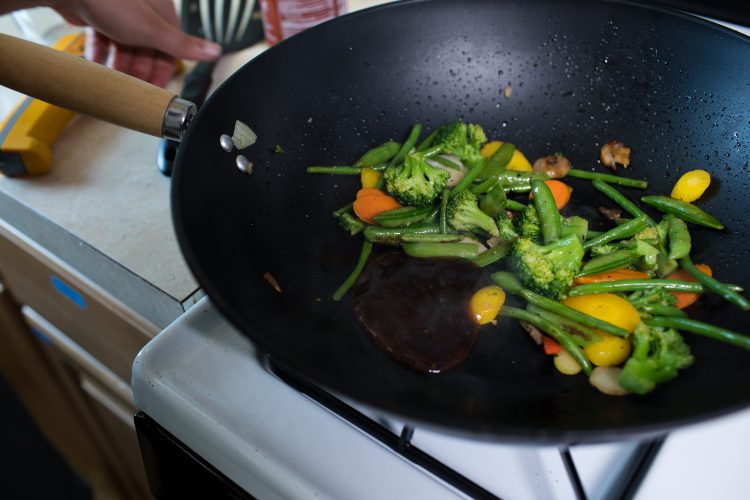
• PhD, Civil and Environmental Engineering, Virginia Tech
• MS, Environmental Engineering, Universidade Federal de Santa Catarina
• BS, Sanitation and Environmental Engineering, Universidade Federal de Santa Catarina.
"HOMEChem" is the name of the research project. HOMEChem: House Observations of Microbial and Environmental Chemistry
The work doesn't seem unreasonable -- identify causes of indoor air pollution.
The HOMEChem experiment is centered around three science questions:1) What are the sources of chemical oxidants in the indoor environment, and how are they impacted by changes in light conditions and human activities? Examples of chemical oxidants are hydroxyl radicals (OH), nitrate radicals (NO3-), and ozone (O3), which are highly reactive.
2) What are the main sources of organic compounds in the indoor environment? How do human activities lead to changes in the physical and chemical transformation of organic compounds from gaseous state into particulate phase (also known as “secondary organic aerosol”) as well as in other chemical compounds present in minute amounts (also known as trace gas species)?
3)What are the sources of indoor reactive nitrogen species, and to what extent is their presence indoors influenced by outdoor pollution? Experiments
This study took place in June 2018.
A stir fry experiment. Photo: Callie Richmond.We have chosen a set of experiments that focus on the two most common everyday activities to the air chemistry of indoor environments: cooking and cleaning. These activities are (1) realistic representations of activities performed in indoor environments and (2) likely to drive interesting chemical reactions that can be better understood through this study. The third experimental component of this study relates to occupation: The presence of people in an environment can lead to interesting physical and chemical processes on the surface of clothing and human skin. Additionally, the use of common personal care products and their effect on the chemistry of indoor environments will also be investigated.
We will perform two main categories of experiments:
1) “Sequential experiments,” which consist of performing individual and independent activities to better understand their emissions and effects on the indoor environment. In this scenario, the house will be opened and we will let air circulate to bring down concentrations in between each experiment.
2) “Layered experiments,” which consist of performing cooking and cleaning activities throughout the day (as we would in a normal home situation) to investigate the cumulative effect of their emissions on the air chemistry and to investigate the interactions of emissions (e.g., cooking emissions interacting with cleaning emissions).
